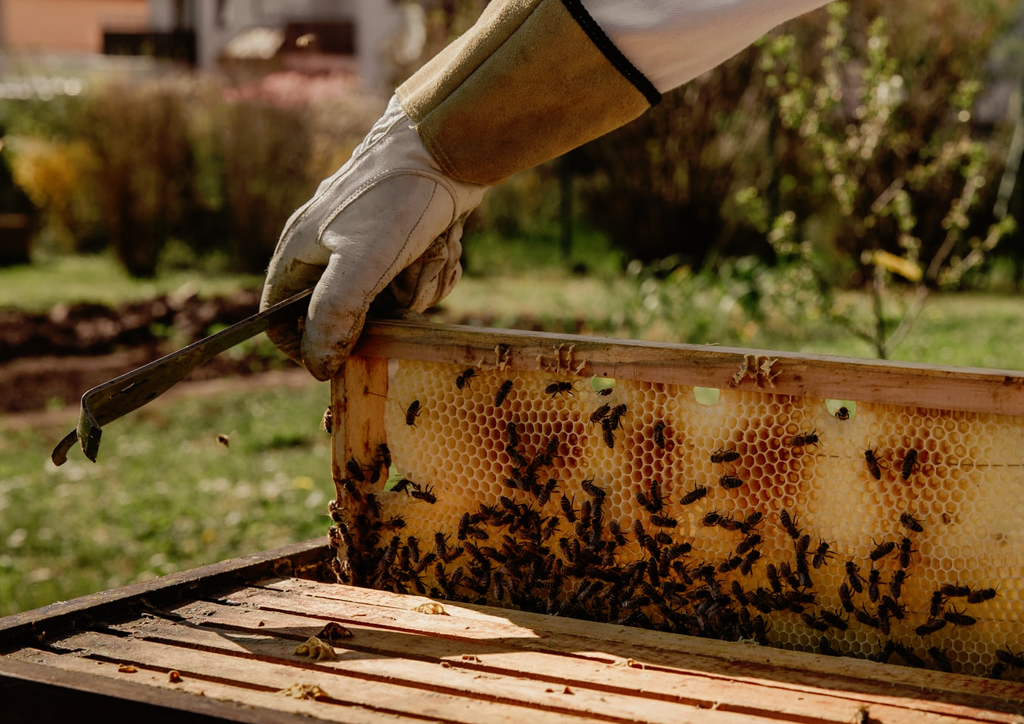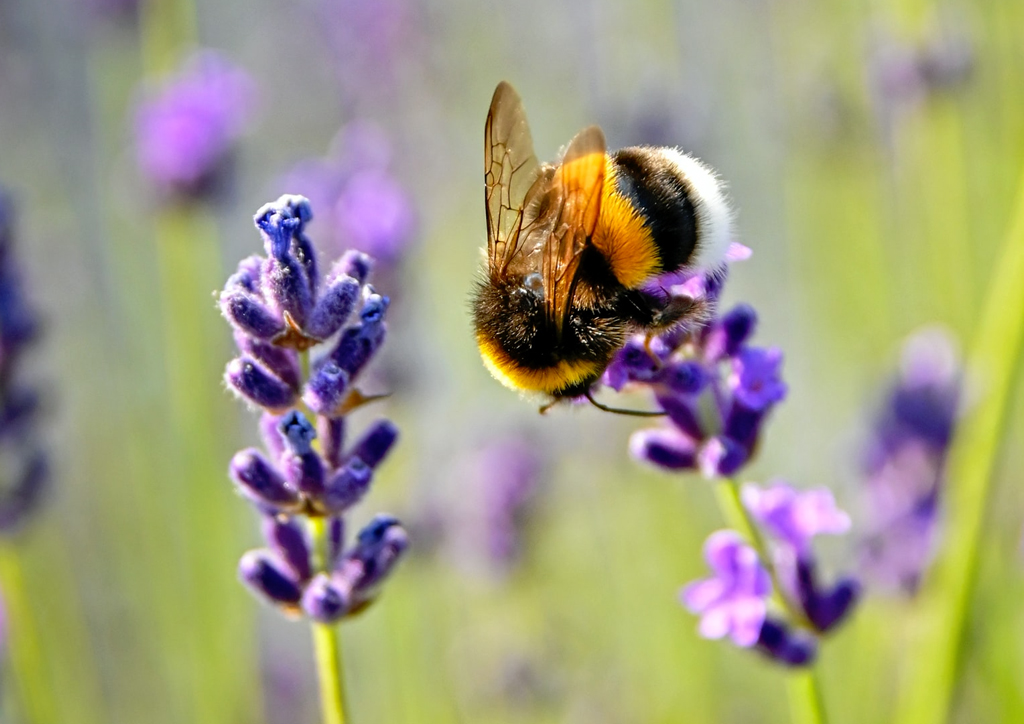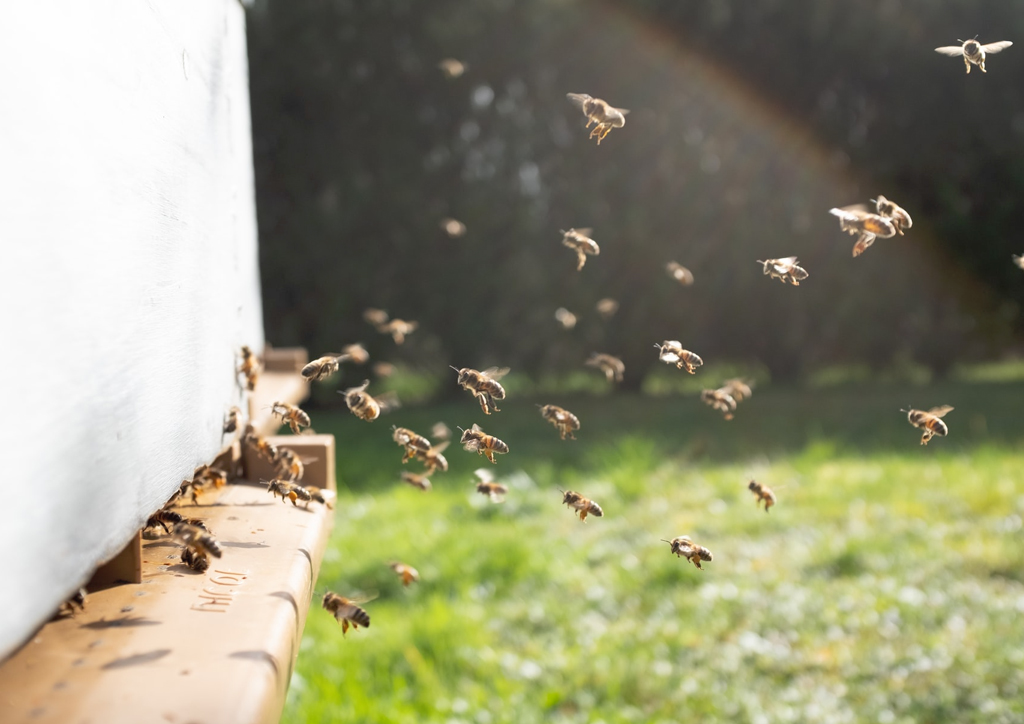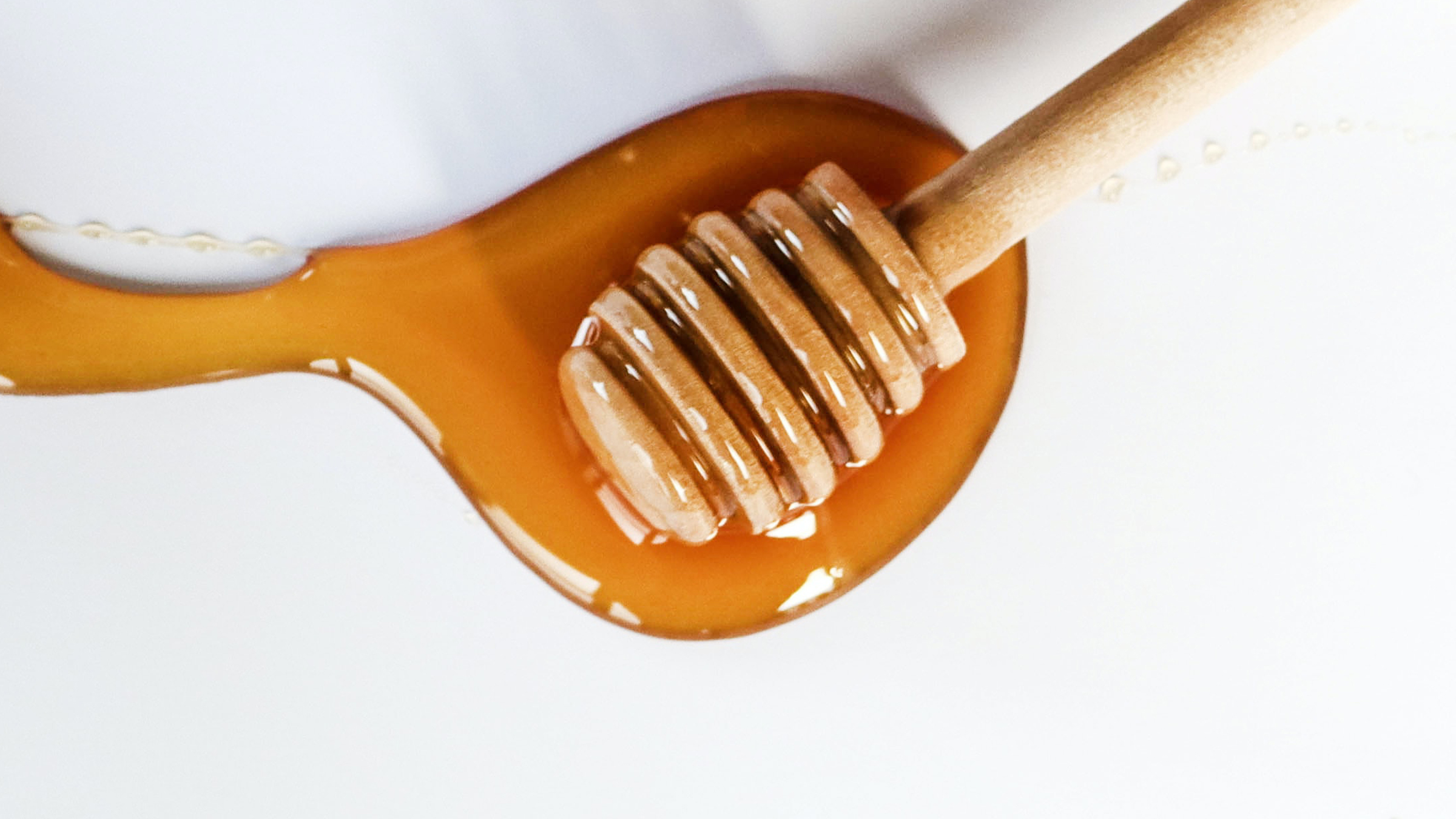It’s no exaggeration to say that most right-minded people have a profound appreciation of bees and their vital role in, well, let’s be quite clear on this, supporting life as we know it. Their essential work as pollinators helps protect the planet’s increasingly fragile ecosystem, not to mention pollinating the majority of the world’s food crops. How’s that for a job description?
Sadly, despite the near universal respect afforded to bees, their plight is increasingly precarious – much to the alarm of beekeepers and honey-lovers everywhere. Bee populations have been beset by disease, pesticides and habitat loss, with some species of bees now listed as endangered.
It may seem trivial in the face of these more devastating realities, but the situation also has an effect on honey production, impacting the final product that eventually arrives at your table. While quality honey is still out there, the average honey on sale isn’t always what the buyer might imagine. Budget honey is frequently blended from honey produced across multiple countries and continents, while, according to some claims, there are instances where the ‘honey’ you buy might even be diluted with sugar syrup.
For the concerned consumer, as so often, the best way out of this confusing environment has been to think local and to seek out honey from smaller producers and sellers. This way, you can be sure of the provenance of your honey, are informed about the environment the bees are collecting their nectar from and, most importantly, be reassured that beekeepers are actively looking out for the interests of the local bee populations.

A Variety Of Varietals
This flight for quality has seen a resurgence in the number and diversity of single varietal honeys being sold right across the globe. The notion of varietal honey is intrinsically an appealing one, with bees choosing to collect nectar from a single specific source. Intriguingly, apiarists really do talk about the phenomenon of ‘floral fidelity’ – bees are happy to keep returning to the same source of nectar once they realise they’ve discovered the good stuff! The full story is slightly different, however, with absolute single varietal or monofloral honey almost impossible to verify. After all, who can guarantee that an opportunistic honey bee will never be moved to collect nectar from an alternative flower in its local environment? The theory is clear though: Place a beehive amidst fields of lavender, and you can be pretty sure that your bees will most often be blissfully collecting nectar with, yes, you guessed it, a distinctive lavender aroma.
This increasing focus on origin has led a number of honey sellers to start talking about terroir in a similar way to wine producers. While there are differences, connoisseurs of particular rare varietal honeys (and there are thousands to choose from) maintain that a distinct honey will be derived from bees collecting nectar from one area of land as opposed to bees collecting the same nectar in a different location.
The truth of the matter is, as always, a matter of taste, and to help you in your pursuit of the most intriguing single varietal honeys, we list 10 stellar examples for the curious honey aficionado to seek out.

Lavender Honey
Noted as one of the best-known premium honeys, lavender honey is typically quite light in colour and offers a delicate but easily recognisable scent of lavender. Shut your eyes tight, take a deep breath, and allow yourself to be transported straight to the lavender fields of Provence.
Rosemary Honey
If lavender honey might be a touch too floral for you, then why not select a fine varietal honey that combines floral notes with a heady herbal aroma? Rosemary honey offers all this and more with complex aromatic flavours. The result is a honey that is also a perfect ingredient in many Greek and Italian dishes.
Acacia Honey
One of the most popular of all honey varieties, acacia is easy to dismiss due to the mildness of its flavour. However, this is unfair when that mildness is exactly the secret of its appeal. What some see as bland, true acacia acolytes recognise instead as subtle, with a balanced flavour and creamy texture.
Manuka Honey
For many, manuka honey from Australia and New Zealand is the elixir of life, warding off all known ailments with its ‘miraculous’ properties. For others, it is over-hyped and overrated. We politely refrain from offering judgement, but recognise that its rich, woody (some might say medicinal) flavour is not for all tastes. You will be the best judge.
Quince Honey
This clear, straw-coloured honey, like other varietal honeys, is distinctly seasonal with nectar collected during short blossom periods. It is noted for a mild citrus aroma and a thick, slightly waxy texture. With fine quince honeys currently coming out of Brazil, the marmeleiro tree – as it is locally known – is even being viewed as a candidate for environmental regeneration projects in the country.

Blueberry Honey
Sourced primarily from areas of New England and Michigan in the USA, this is a rare treat with low yield and significant work involved for beekeepers, who need to move their hives to follow the areas where the berries are currently in blossom. Fans of blueberry honey praise its fruity but balanced flavour, with a recognisable blueberry aftertaste.
Orange Blossom Honey
Ideal for enthusiasts of light honey, orange blossom honey is noted for its delicate citrus taste and a refreshing intensity and sweetness. While its pronounced yellow-orange colour reflects its origin, the flavour is not generally regarded as being distinctly orange-like. This more subtle – yet still citrus-infused – flavour does, however, make it well-suited for baking recipes.
Heather Honey
Anyone who appreciates honey with a clear but rich, burnt-caramel colour will be eager to sample heather honey. But first they should be grateful – grateful that heather honey exists at all. Originating in Scotland, local beekeepers are watchful in early September for the annual heather blossom on the moors, poised to move their hives to take advantage of the two-week flowering period. Yes, just two weeks. Savour the heady flavours of this rich, herbal delight, and then say a silent prayer of thanks.
Clover Honey
A perennial favourite, clover honey offers the rounded sweetness that most people conjure up in their minds when they think of honey. The taste may seem cloyingly sweet for more delicate palates, yet it is this sweetness – combined with its mild flavour and bright, clear appearance – that makes clover honey so popular.
Avocado Honey
Sorry, we hate to disappoint you, but if you’re imagining a buttery, green-tinged honey to echo all your deepest avocado fantasies, you’re set to be disappointed. Rather like orange blossom honey, avocado honey is another of those surprisingly common honeys that doesn’t taste especially like the fruit of the tree from which its nectar comes. However, it is extremely thick, has an appealingly dark, almost black colour, and is high in antioxidants, all of which makes it a versatile option in the kitchen as well as a fun talking point.

The Work Of A Lifetime
As a final thought before embarking on your own tasting tour of the best single varietal honeys: One honey bee will produce just 1/12th of a teaspoon of honey in its lifetime, which spans approximately 6 weeks. In other words, a single teaspoon of honey stirred into your tea or spread on your bread is the lifetime achievement of 12 bees.
Given that monumental labour, it’s only a small sacrifice to honour their effort by checking the origin of your honey, buying from local organic sellers, where you can, and seeking out the most distinctive varietals that best represent the extraordinary flight of the bumblebee as it follows its path to the most delicious flower nectar.














Sorry, the comment form is closed at this time.